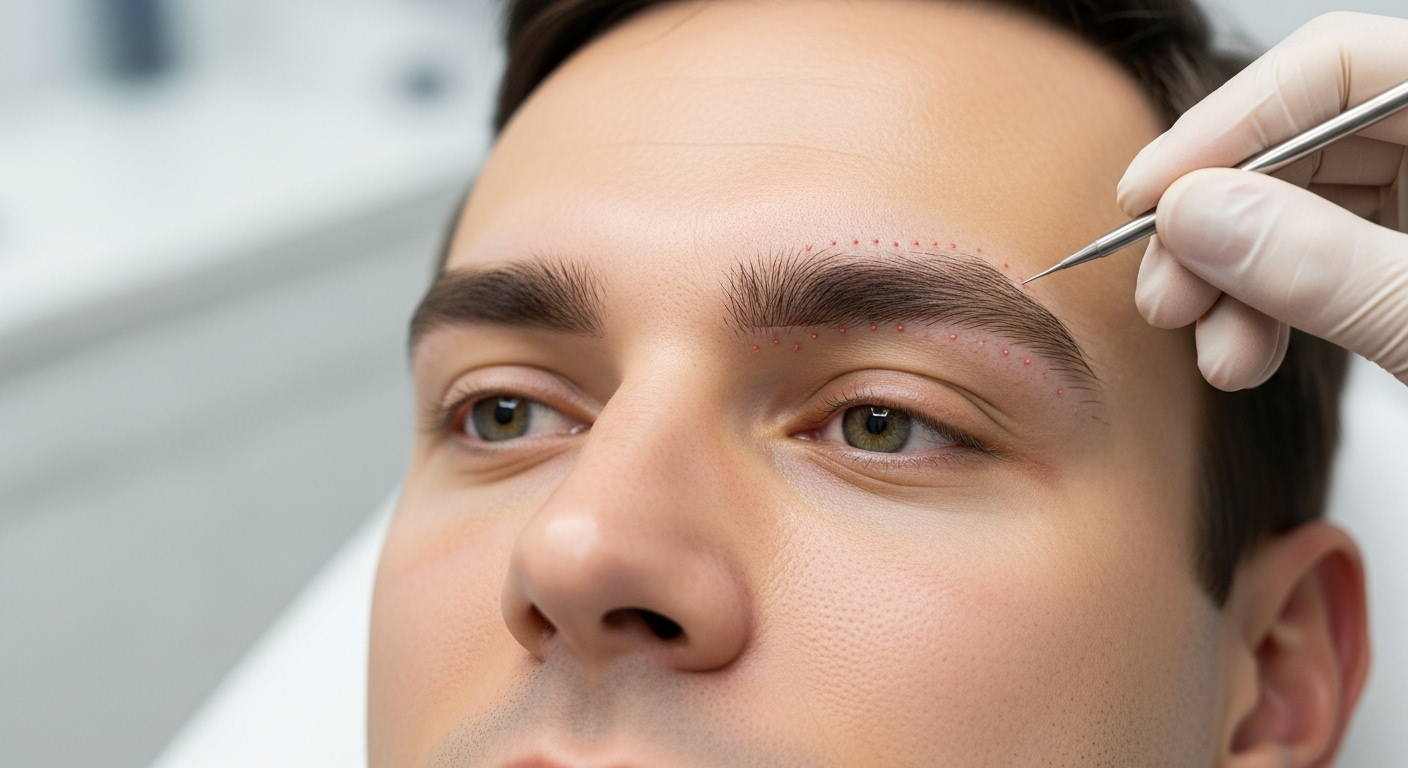Eyebrow hair transplants are becoming a popular choice for people looking to achieve fuller, more defined brows. Beyond aesthetics, they offer a permanent way to restore confidence for anyone dealing with thinning or uneven eyebrows due to genetics, over-plucking, or medical conditions. This article explains how eyebrow hair transplants work, their benefits, what to expect during recovery, cost factors, and alternative options, helping you make an informed choice.
How eyebrow hair transplants work
An eyebrow hair transplant is a surgical procedure that involves taking healthy hair follicles from another part of your body, usually the back of your scalp, and carefully implanting them into your brow area. This process restores natural growth and shape. The two primary techniques are Follicular Unit Extraction (FUE) and Follicular Unit Transplantation (FUT). FUE is widely favored because it removes individual follicles and leaves no linear scar, making recovery smoother. FUT, on the other hand, uses a small strip of scalp, which can yield more grafts in one session but leaves a scar. Consultations before surgery are crucial to map out brow designs that suit your face. The procedure typically takes several hours under local anesthesia and involves minimal discomfort.
Benefits of eyebrow transplants
A major advantage of eyebrow hair transplants is the long-lasting, natural outcome. Once the transplanted hair takes root, it continues to grow just like your natural brows, eliminating the need for daily makeup. You can also tailor the density and shape to match your aesthetic goals, working closely with your surgeon to achieve a look that complements your features. Compared to microblading or tattoos, transplants pose fewer long-term risks like fading or skin reactions and generally offer a more authentic texture.
Recovery and aftercare essentials
Right after the procedure, it’s common to notice some redness or swelling, which typically subsides within days. Following your surgeon’s aftercare instructions is key. Avoid intense exercis

